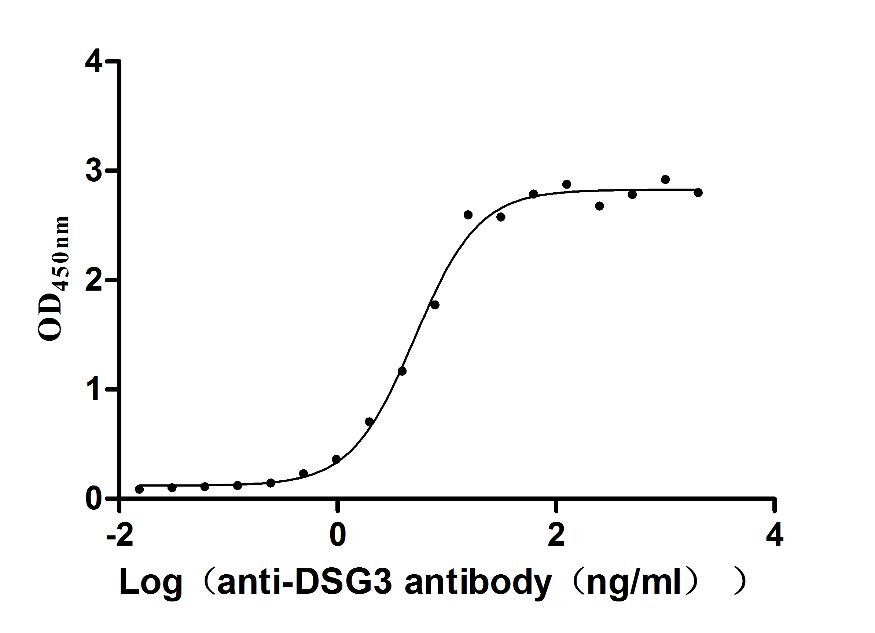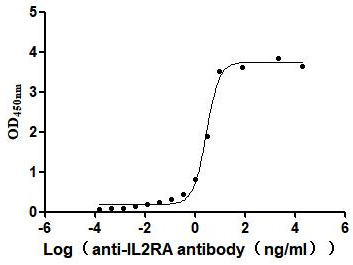Recombinant Saccharomyces cerevisiae DNA-binding protein RAP1 (RAP1), partial
In Stock-
中文名称:酿酒酵母RAP1重组蛋白
-
货号:CSB-EP319350SVG
-
规格:¥2340
-
图片:
-
其他:
产品详情
-
纯度:Greater than 85% as determined by SDS-PAGE.
-
生物活性:Not Test
-
基因名:RAP1
-
Uniprot No.:
-
别名:(Repressor/activator site-binding protein)(SBF-E)(TUF)
-
种属:Saccharomyces cerevisiae (strain ATCC 204508 / S288c) (Baker's yeast)
-
蛋白长度:Partial
-
来源:E.coli
-
分子量:28.7
-
表达区域:353-598aa
-
氨基酸序列GALPSHNKASFTDEEDEFILDVVRKNPTRRTTHTLYDEISHYVPNHTGNSIRHRFRVYLSKRLEYVYEVDKFGKLVRDDDGNLIKTKVLPPSIKRKFSADEDYTLAIAVKKQFYRDLFQIDPDTGRSLITDEDTPTAIARRNMTMDPNHVPGSEPNFAAYRTQSRRGPIAREFFKHFAEEHAAHTENAWRDRFRKFLLAYGIDDYISYYEAEKAQNREPEPMKNLTNRPKRPGVPTPGNYNSAAKR
Note: The complete sequence including tag sequence, target protein sequence and linker sequence could be provided upon request. -
蛋白标签:Tag-Free
-
产品提供形式:Liquid or Lyophilized powder
Note: We will preferentially ship the format that we have in stock, however, if you have any special requirement for the format, please remark your requirement when placing the order, we will prepare according to your demand. -
缓冲液:If the delivery form is liquid, the default storage buffer is Tris/PBS-based buffer, 5%-50% glycerol. If the delivery form is lyophilized powder, the buffer before lyophilization is Tris/PBS-based buffer, 6% Trehalose.
-
复溶:We recommend that this vial be briefly centrifuged prior to opening to bring the contents to the bottom. Please reconstitute protein in deionized sterile water to a concentration of 0.1-1.0 mg/mL.We recommend to add 5-50% of glycerol (final concentration) and aliquot for long-term storage at -20℃/-80℃. Our default final concentration of glycerol is 50%. Customers could use it as reference.
-
储存条件:Store at -20°C/-80°C upon receipt, aliquoting is necessary for mutiple use. Avoid repeated freeze-thaw cycles.
-
保质期:The shelf life is related to many factors, storage state, buffer ingredients, storage temperature and the stability of the protein itself.
Generally, the shelf life of liquid form is 6 months at -20°C/-80°C. The shelf life of lyophilized form is 12 months at -20°C/-80°C. -
货期:3-7 business days
-
注意事项:Repeated freezing and thawing is not recommended. Store working aliquots at 4℃ for up to one week.
-
Datasheet & COA:Please contact us to get it.
相关产品
靶点详情
-
功能:Essential regulatory protein in yeast whose DNA-binding sites are found at three types of chromosomal elements: promoters, silencers, and telomeres. RAP1 is also involved in the regulation of telomere structure, where its binding sites are found within the terminal poly[C(1-3)A] sequences. The opposite regulatory functions of RAP1 are not intrinsic to its binding sites but, instead, result from interactions with different factors at promoters and silencers. RAP1 associates with SIR3 and SIR4 proteins to form a DNA-binding complex that initiates the repression at the HM loci and telomeres. May also target the binding of RIF1 and RIF2 to silencers and telomeres. Forms with GCR1 a transcriptional activation complex that is required for expression of glycolytic and ribosomal gene.
-
基因功能参考文献:
- Rap1 (ScRap1) can either activate or repress transcription. This bimodal transcriptional activity has led to the widespread study of the mode of action of ScRap1. This review summarizes current knowledge about ScRap1, including its structure, mechanisms of transcription regulation, and biological functions, and the future directions in the field. Review. PMID: 27100480
- Pif1, a 5'-3' helicase, not only stimulates the strand displacement activity of Pol delta but it also allows efficient replication through the Rap1 block, by removing bound Rap1 in front of the polymerase. PMID: 27001517
- that Rap1 contains an AD required for Rap1-dependent gene transcription. The Rap1(AS) variant will likely also be useful for studies of the functions of Rap1 in other biological pathways. PMID: 28196871
- Rap1 contributes to telomere homeostasis by promoting chromosome breakage. PMID: 26263073
- found that all arrangements of Rap1 sites tested are represented within the telomeric sequence and our data suggest that at telomeres Rap1 might form a nucleoprotein complex with a heterogeneous distribution of bound states PMID: 25637888
- Rap1 C-terminal (RCT) domain of yeast Rap1 modulate access to different DNA binding modes PMID: 25805496
- findings suggest a connection between Rap1p and cell wall homeostasis. PMID: 25481258
- while Rap1 DNA-binding domain forms a high-affinity 1:1 complex with its DNA recognition site, it can also form lower-affinity complexes with higher stoichiometries on DNA PMID: 25382181
- Rap1 relocalization is thus a novel mechanism connecting DNA damage responses (DDRs) at telomeres to global changes in chromatin and gene expression while driving the pace of senescence PMID: 23756653
- Rap1 may cause permanganate hypersensitivity of DNA by forming a pocket between the reactive cytosine and Arg580, driving the permanganate ion towards the C5-C6 bond of the cytosine. PMID: 23519416
- These data support a model in which Tbf1 and Rap1 collaborate to maintain genomic stability of short telomeres. PMID: 22130795
- Results reveal Rap1 structural adjustment upon DNA binding that involves a specific orientation of the C-terminal domain with regard to the DNA binding domain. PMID: 22139930
- Rap1p association with target promoter in the nucleus affects the composition of the exported mRNP, which in turn regulates mRNA decay in the cytoplasm. PMID: 22196725
- Results show that Rap1 contributes to local regions of chromatin structure by acting at both strong and weak binding sites, at proximal promoter regions and at sites farther upstream, over a very large fraction of the yeast genome. PMID: 21081559
- Structural comparison indicated that Rap1 BRCT domain adopts a global fold similar to other BRCT domains, implying some common structural aspects of BRCT domain family. PMID: 21187076
- Data suggest that Rap1 binding to multiple sites in a telomere array does not, by itself, promote formation of a more energetically stabile complex. PMID: 20826803
- Rap1 is essential to block nonhomologous end joining between telomeres PMID: 16096640
- The effect on global gene expression of loss of binding of Rap1. PMID: 17158163
- Rap1 binding is required for end concealment at long tracts and modulates telomerase access at chromosome ends. PMID: 17289918
- Rap1p represents a heretofore unrecognized regulator of TATA-binding protein PMID: 18195009
- Structural and functional studies of the RAP1 C-terminus reveal novel separation-of-function mutants. PMID: 18538788
显示更多
收起更多
-
亚细胞定位:Nucleus. Chromosome, telomere.
-
蛋白家族:RAP1 family
-
数据库链接:
KEGG: sce:YNL216W
STRING: 4932.YNL216W
Most popular with customers
-
Recombinant Human Angiotensin-converting enzyme 2 (ACE2), partial (Active)
Express system: Mammalian cell
Species: Homo sapiens (Human)
-
Recombinant Human Leukemia inhibitory factor (LIF) (Active)
Express system: Mammalian cell
Species: Homo sapiens (Human)
-
Recombinant Human HLA class II histocompatibility antigen gamma chain (CD74), partial (Active)
Express system: Mammalian cell
Species: Homo sapiens (Human)
-
Recombinant Human C5a anaphylatoxin chemotactic receptor 1 (C5AR1)-VLPs (Active)
Express system: Mammalian cell
Species: Homo sapiens (Human)
-
Recombinant Human Somatostatin receptor type 2 (SSTR2)-VLPs (Active)
Express system: Mammalian cell
Species: Homo sapiens (Human)
-
Recombinant Human Dickkopf-related protein 1 (DKK1) (Active)
Express system: Mammalian cell
Species: Homo sapiens (Human)
-
Recombinant Human Desmoglein-3 (DSG3), partial (Active)
Express system: Baculovirus
Species: Homo sapiens (Human)
-
Recombinant Human Interleukin-2 receptor subunit alpha (IL2RA), partial (Active)
Express system: Mammalian cell
Species: Homo sapiens (Human)

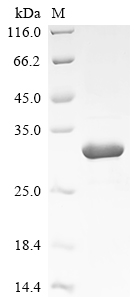

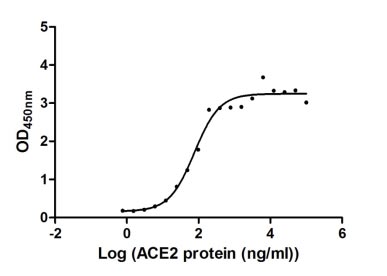
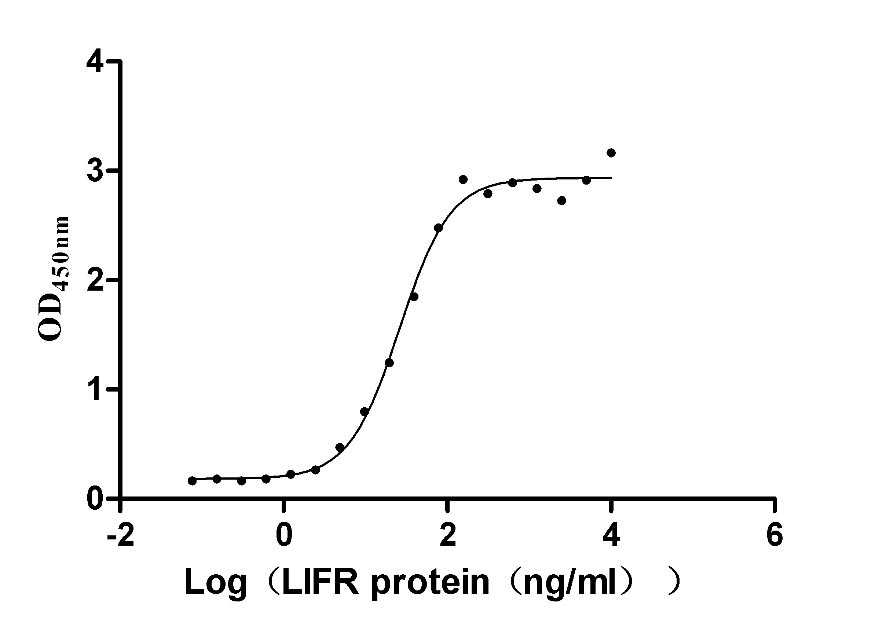
-AC1.jpg)
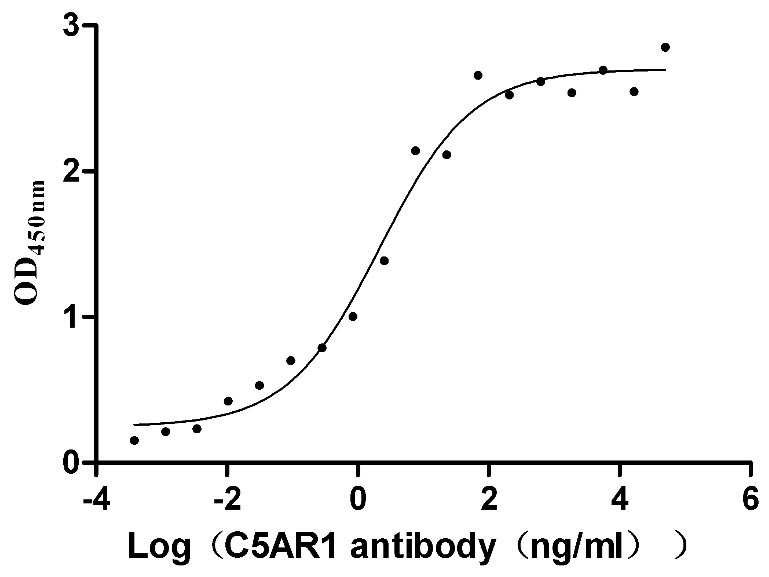
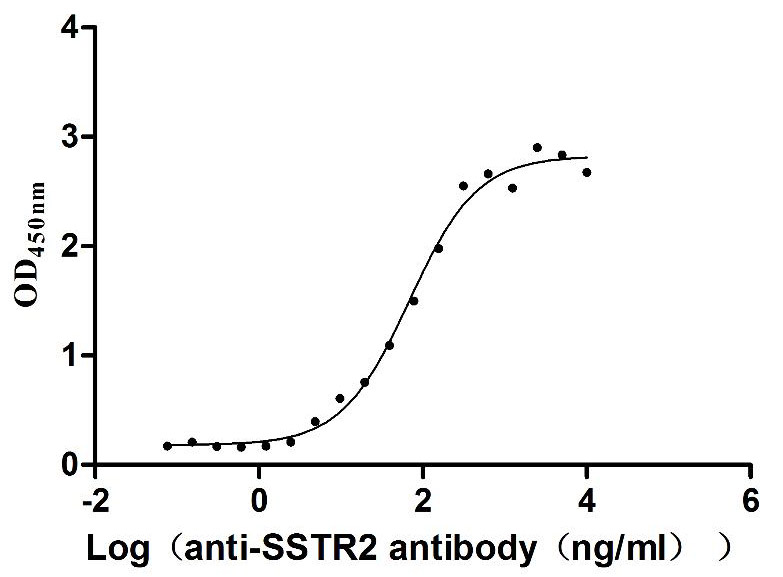
-AC1.jpg)
